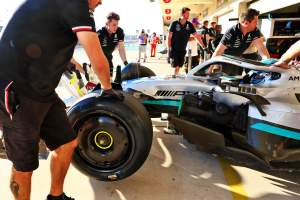Formula 1’s stakeholders are discussing several key potential changes to the current rules that will not be implemented before the 2024 season.
In a meeting of the F1 Commission on Friday at the Abu Dhabi Grand Prix, teams learned of new areas of priority for the FIA and discussed a range of sporting changes that could have significant impacts on the on-track action.
A headline item was an FIA study into a potential bodywork kit to aid visibility in wet races, while minor examples include the doubling of a maximum crash damage allowance in sprint races from $150,000 to a fixed amount of $300,000 per team, plus amendments to the technical and financial regulations.
Car-wise, more stringent requirements for the strength of rollhoops have been finalised for introduction in 2024.
But there are other important items that are much further along in the discussion phase, even though any changes will not be immediate.
STRICTER ENGINE PENALTIES (AGAIN)
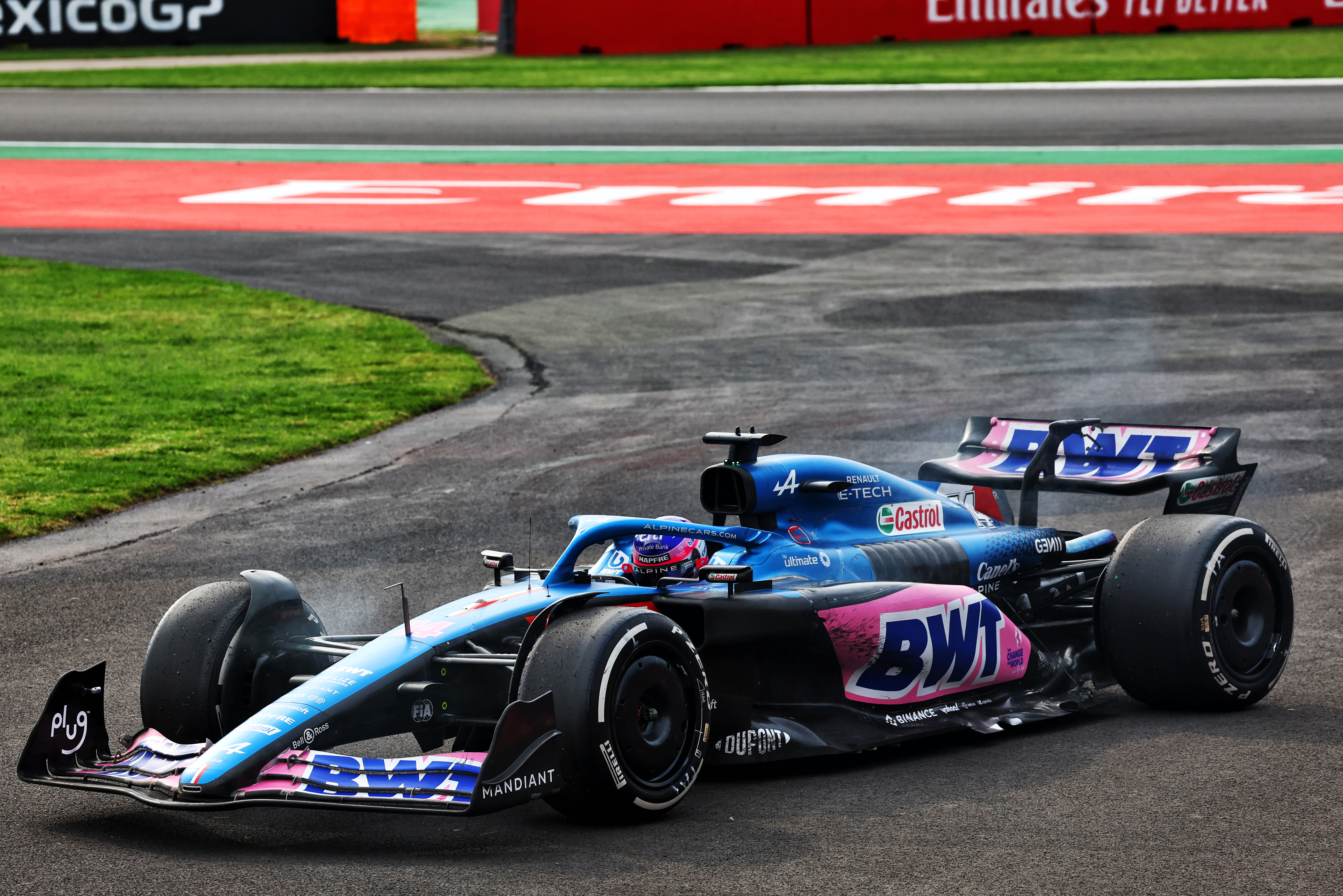
F1 has power unit usage restrictions to save costs, but since 2018 these rules have been applied with a degree of leniency built in for repeat offences.
The first time a driver exceeds their seasonal allocation of a specific element, they get a 10-place grid penalty. The next time they need a new example of that element, it is only a five-place grid penalty. More than 15 places in total necessitates a back of the grid start.
This creates an unusual situation where a repeat offence gets a lighter punishment than the first. It is something that various teams and drivers have questioned at times because the advantage afforded by a new V6 engine, for example, can be significant with a minimal trade-off.
It also means that as soon as a driver earns a back of the grid penalty for only changing a couple of elements, teams tend to make even more changes because the size of the penalty is effectively set.
The upshot is that engine usage is high, increasing spending and defeating the purpose of the restrictions, with 444 components used across the 20 cars ahead of the Abu Dhabi Grand Prix weekend – compared to just 390 at the same stage last season.
On Friday, the F1 Commission discussed possible updates to these penalties. There is agreement that the current system “is not a strong enough deterrent to teams” to make a strategic change, whatever the type.
The Commission has noted this “undermines” the restrictions, which will undergo further “analysis and refinement”.
WILL TYRE BLANKET BAN HAPPEN?
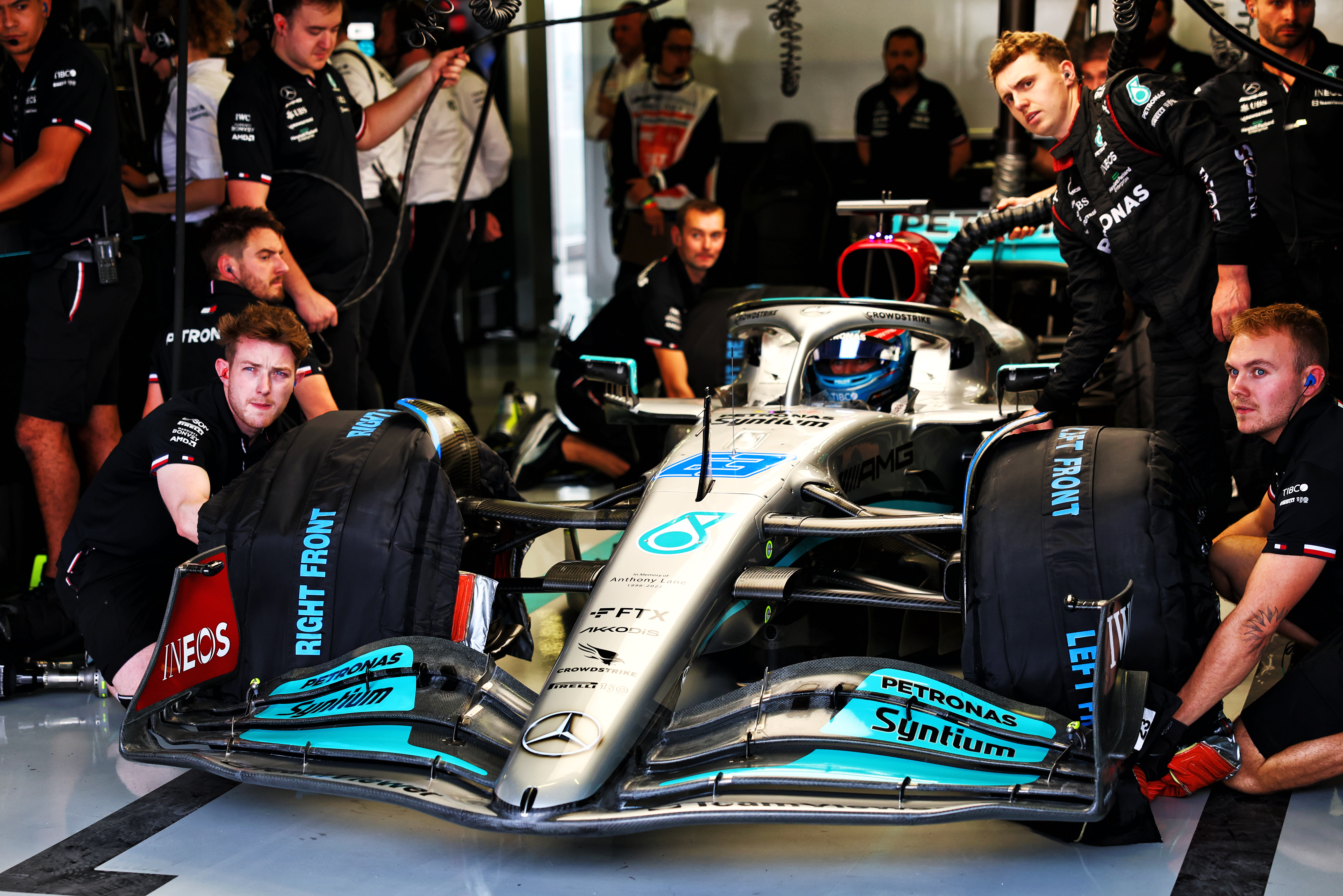
A glide path towards a full tyre blanket ban in 2024 began this year with the reduction in maximum tyre blanket temperature from 100C (front) and 80C (rear) to 70C.
Another 20C drop to 50C maximum for the blankets was meant to take place next year, although that is set to be officially scrapped after negative tyre feedback.
In short, the Pirelli tyres don’t warm up quickly enough to be used from such a low temperature.
The 70C limit will remain, albeit reduced from three hours to two. And that has led to questions about whether the tyre blanket ban will happen at all.
Drivers say that the current tyres aren’t good enough for that, so it all depends on the quality of the Pirelli product.
This has been hinted at by the Commission, which has decided to delay any decisions relating to the tyre blanket ban until July 2023. Though the objective is still to remove tyre blankets in 2024, the implication is that the ban could be scrapped depending on how testing goes in the early months of next year.
MAKING DRS AVAILABLE SOONER
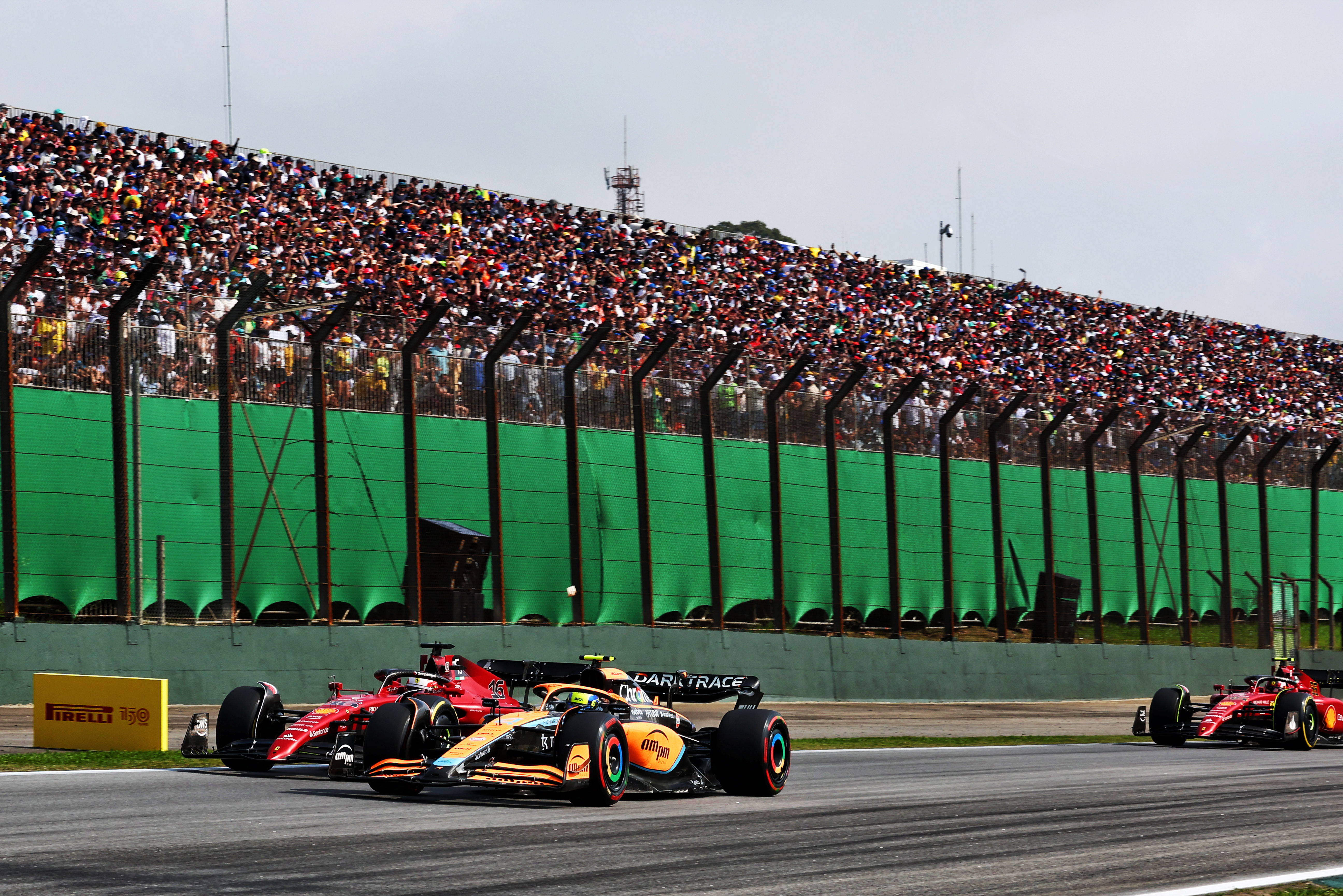
F1’s drag reduction system is currently accessible after the commencement of the third racing lap. That goes for the start of a race, and a restart following a safety car.
There will be a trial run changing this in 2023 with a view to a full-scale change later.
The Commission has agreed to activate the DRS one lap earlier in sprint races in 2023. The objective is to keep the field closer together and encourage closer racing.
If this goes well, it will adopted for every grand prix in 2024.
PARC FERME IN SPRINT RACES
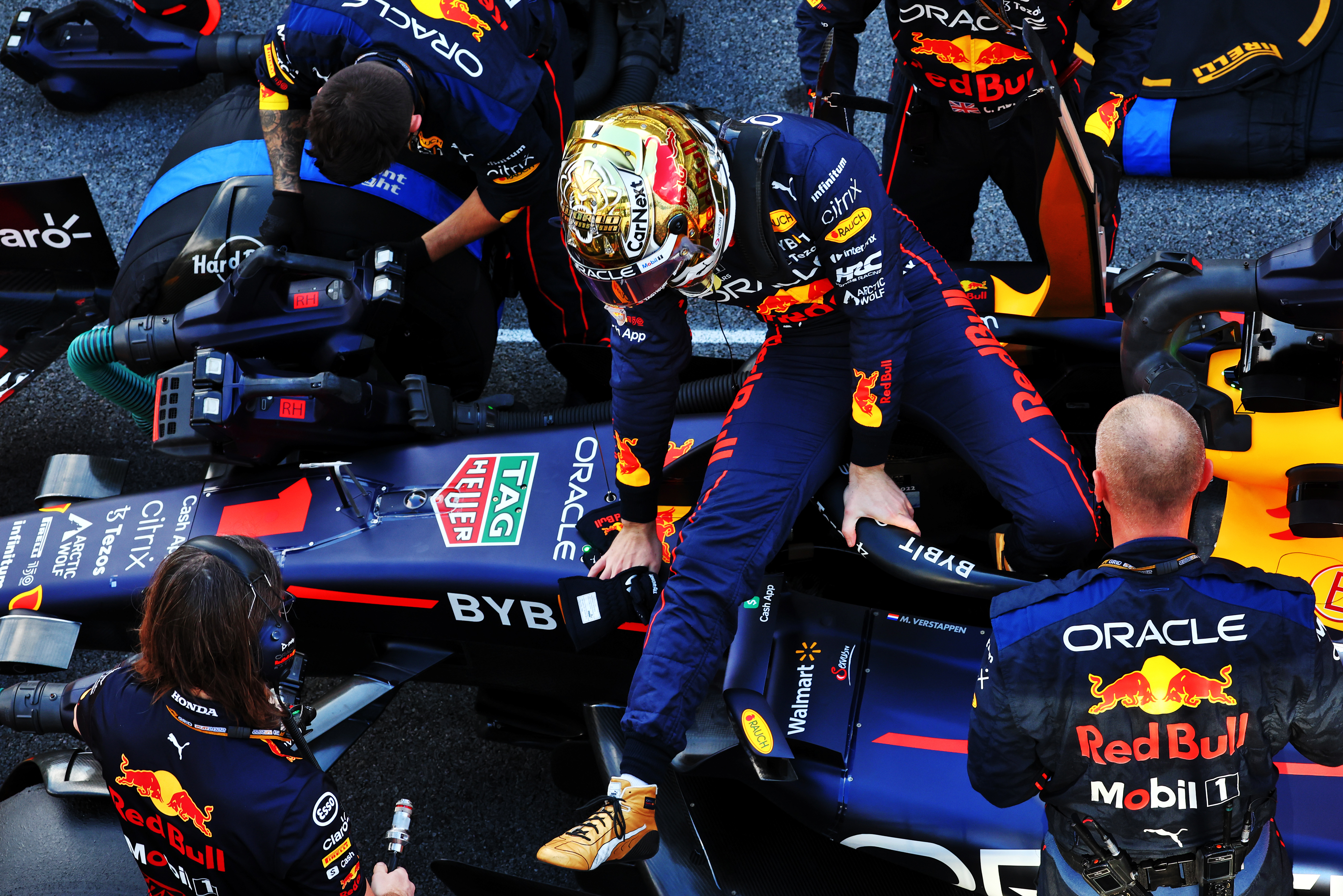
OK, this sounds boring. Who cares about parc ferme?
Well, the teams do. Because entering parc ferme means no more major changes can be made to the cars. And on sprint weekends that is a very big deal.
The sprint format means there is only one practice session before qualifying, which is when parc ferme currently begins.
That means teams have just a single one-hour session to work out major car set-up choices before committing to that for qualifying, the sprint, and the grand prix itself.
The F1 Commission discussed simplifying parc ferme processes at sprint events. The FIA is concerned about the additional operational requirements due to the significant increase in requests for changes from teams between qualifying and the sprint.
One obvious solution is to push parc ferme back. If this is the case, it would have huge knock-on effects.
For example, it could have changed the entire complexion of the Brazilian Grand Prix had Red Bull had more time to learn about its car and tyre performance, and not locked itself into a sub-optimal set-up choice that compromised it the rest of the weekend.
ACTUALLY, THE ENTIRE SPORTING REGS…
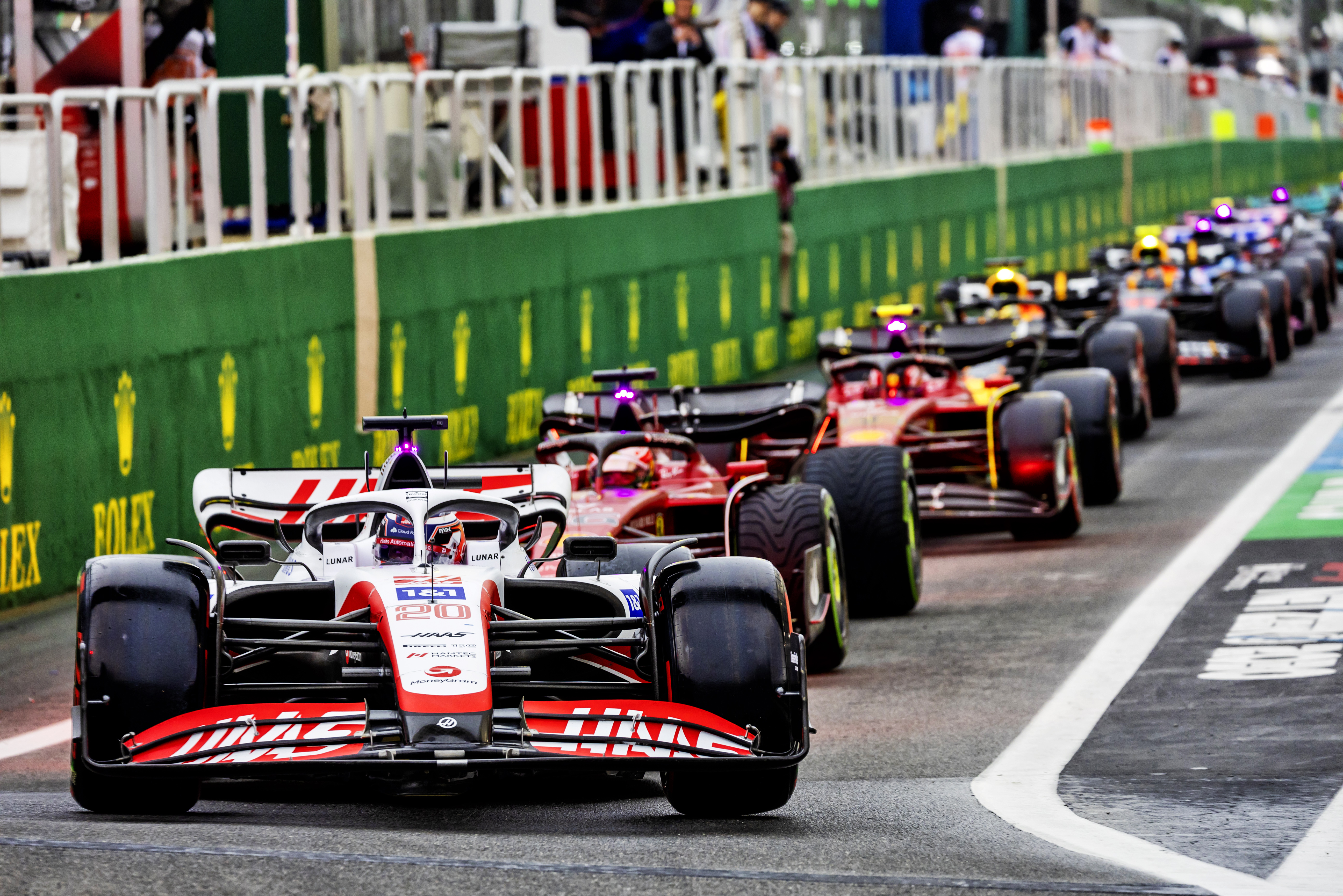
There have been far too many examples of sporting regulation confusion to list all of them here.
But a high-profile one, from 2022, is the accidental grey area around how championship points should be awarded in reduced-distance races.
And let’s not get into the farcical way the 2021 Abu Dhabi Grand Prix was handled…
It’s been clear for some time now that the sporting regulations are bloated and confusing.
The FIA informed the F1 Commission on Friday that it is undertaking a comprehensive review of these rules, as well as general review of its judicial process, for 2024.
There will be consultation with F1 and the teams during the sporting regulation review process “with any resultant changes anticipated to be approved by end of April 2023”.
If this goes well it should prevent F1 from suffering any more avoidable rule confusions, and allow each event to be run more competently – while being clearly understood by everyone watching.



